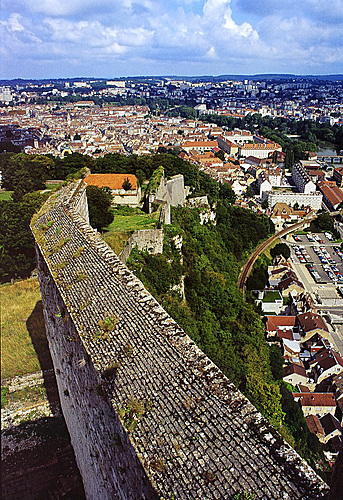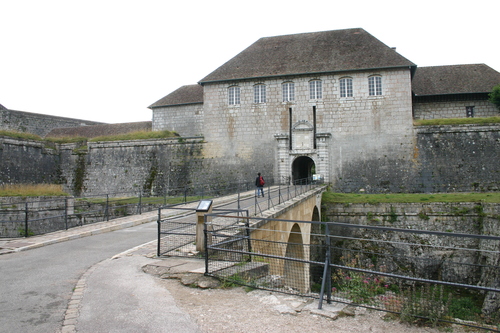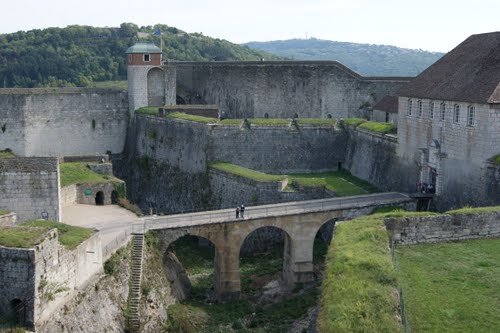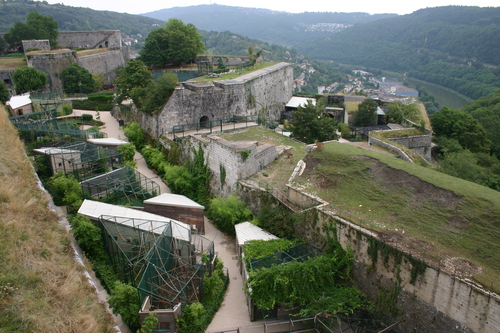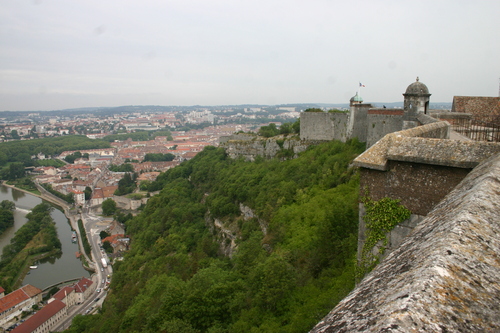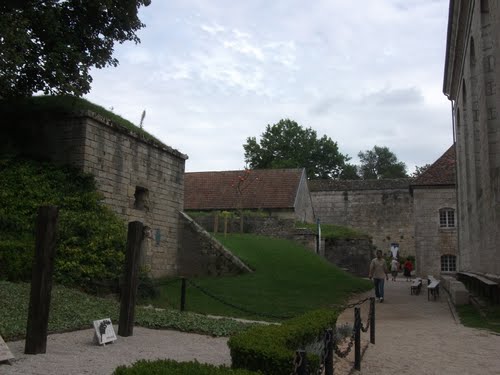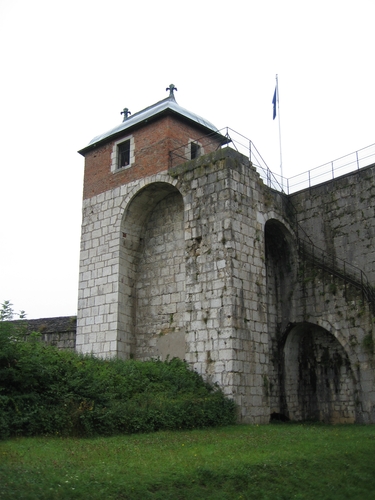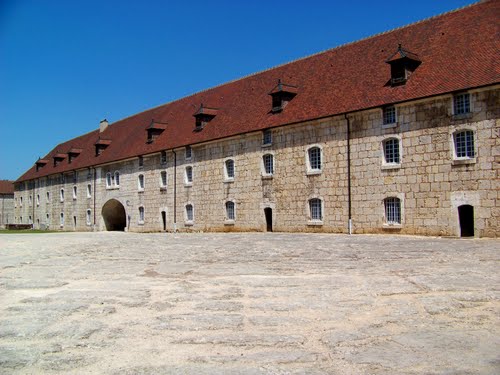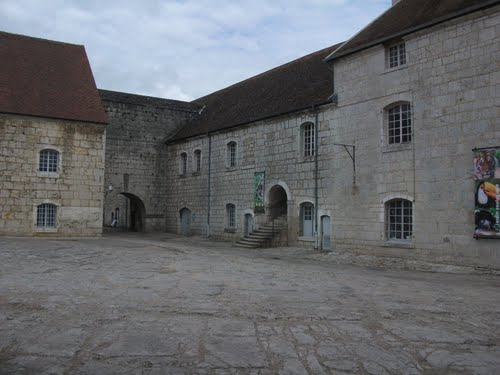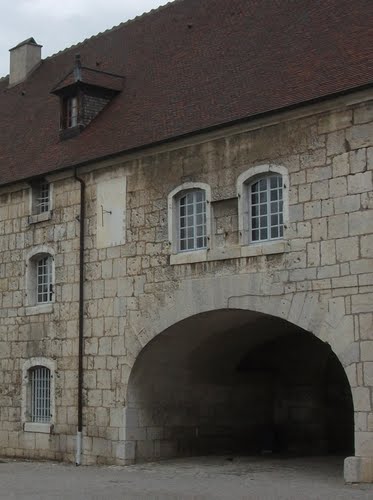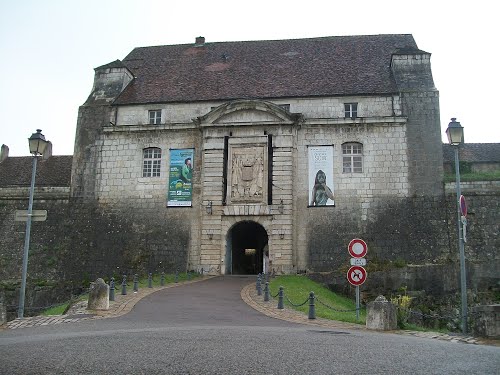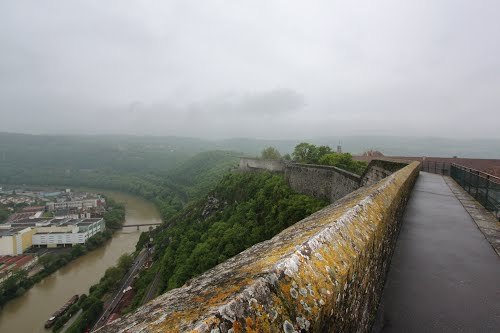The Citadel of Besancon in Franche-Comte, France, is one of the finest masterpieces of military architecture designed by Sebastien Le Prestre de Vauban. The Citadel occupies eleven hectares on Mount Saint-Etienne, one of the seven hills that protect Besancon, the capital of Franche-Comte. Mount Saint-Etienne occupies the neck of an oxbow formed by the river Doubs, giving the site a strategic importance that Julius Caesar recognised as early as 58 BC. The Citadel overlooks the old quarter of the city, which is located within the oxbow, and offers a magnificent view of the entire city and its surroundings.
The fortification is well preserved. Today it is an important tourist site (over a quarter of a million visitors per year) due both to its own characteristics and because it is the site of several museums. These museums include a museum of the Resistance and deportation, a museum focusing on traditional life in Franche-Comte and the region's archeological history, and a museum of natural history that includes a zoo, an insectarium, an aquarium, vivariums, a noctarium, a climatorium, a pedagogical exhibit on evolution, botanical gardens, and a children's farm. There is also a restaurant and shops.
On July 7, 2008, UNESCO listed the Citadel, together with nearby Fort Griffon, as a World Heritage Site. Since 1942, the French Ministry of Culture has listed the Citadel as a Monument historique.




